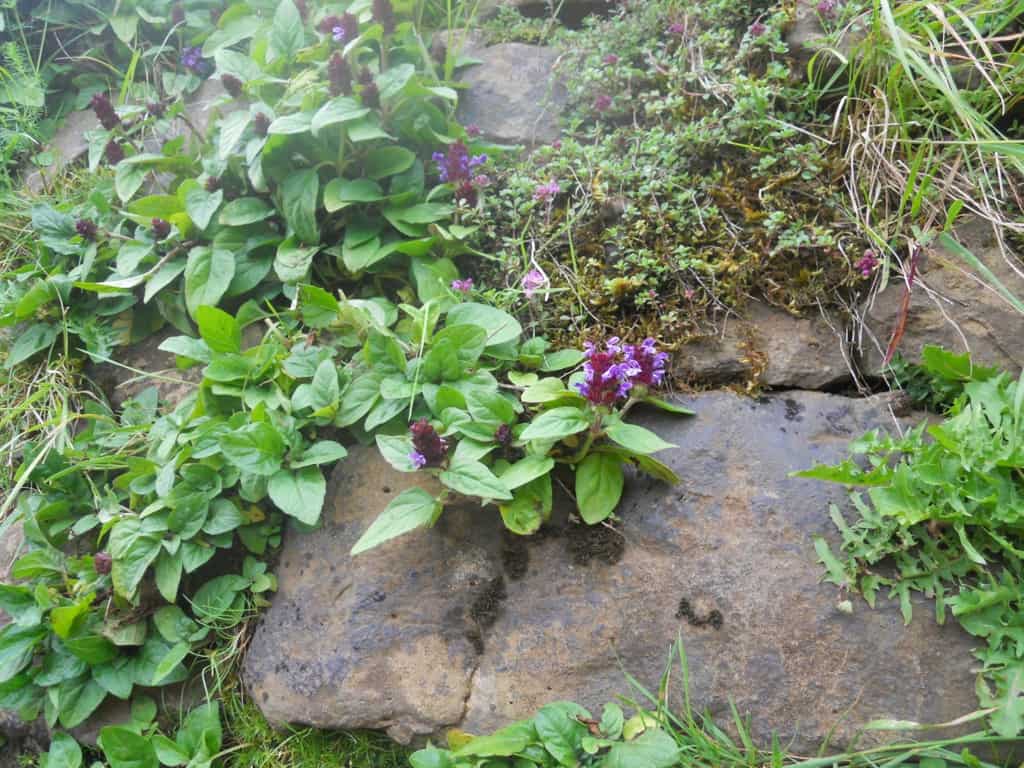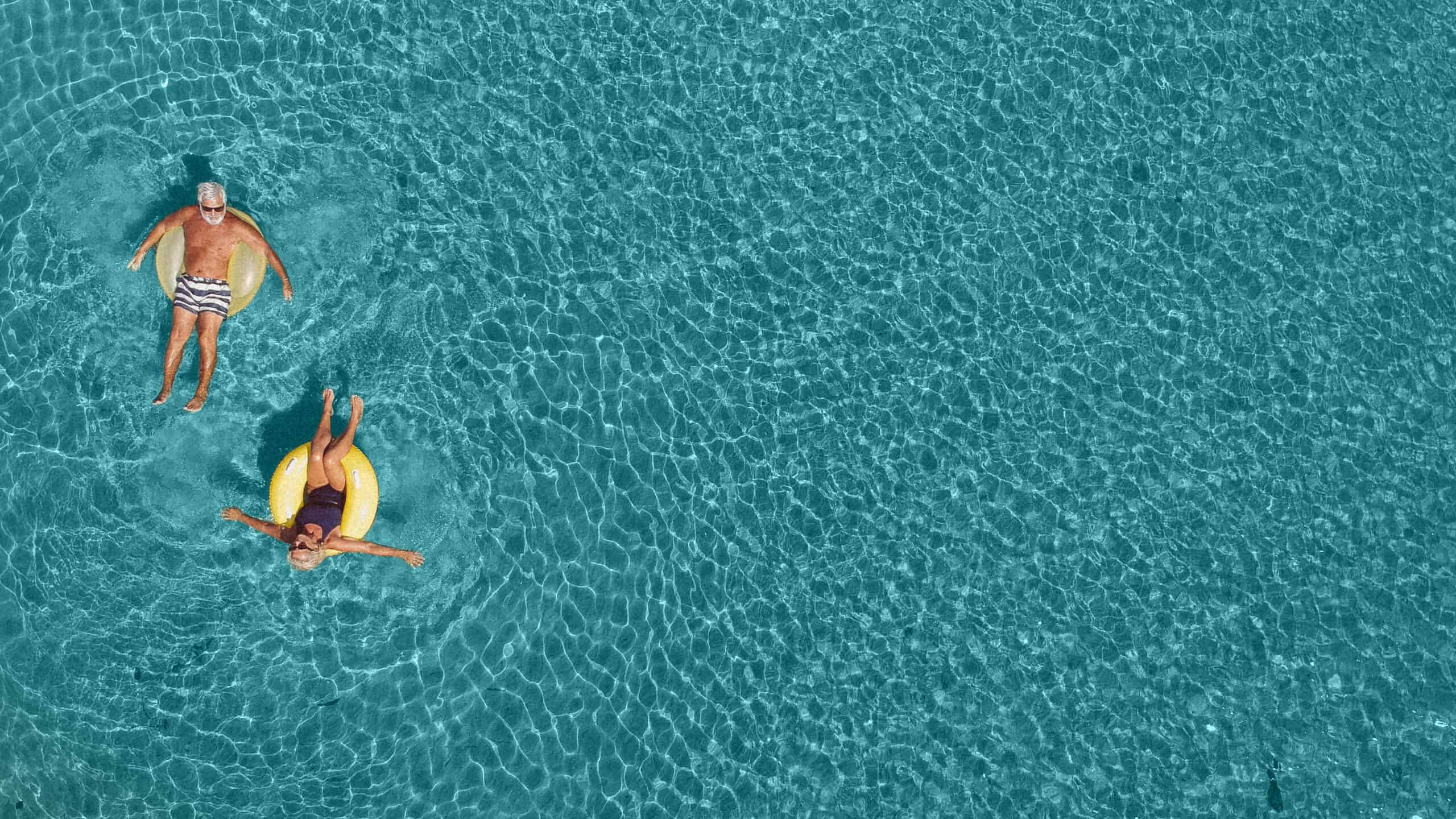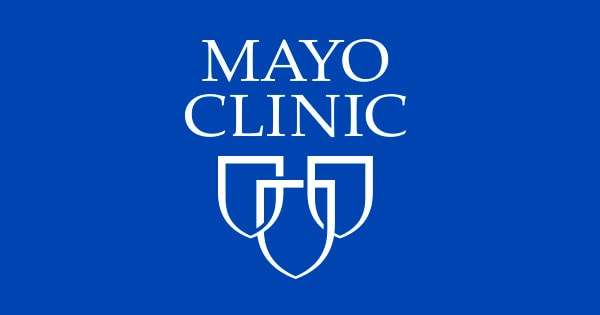Prunella vulgaris is an herbaceous perennial wildflower favored by bumblebees and butterflies and possesses a host of medicinal properties.
Scientific Name: Prunella vulgaris
Common Name: Selfheal; Self-Heal; Common selfheal; All-heal; Aleutian selfheal
Plant Family: Lamiaceae / Labiatae
Etymology: Prunella comes from a German word for quinsy, a sickness this plant was used to treat, while vulgaris is a Latin adjective meaning common.
Indigenous Uses
The Cherokee used selfheal for food. The leaves could be cooked alone or with sochan, creasey, and other potherbs for consumption.
Medicinal Uses: The Blackfoot Indians made use of infused Prunella vulgaris in a variety of ways. For both humans and horses, it could be used as an eyewash on cold or windy days and as a dermatological aid (applied to neck sores or used to wash burst boils on humans; applied to saddle and back sores on horses). The Cherokee also employed selfheal as a dermatological aid, using infused root as a wash for bruises, diabetic sores, cuts, and acne. Additionally, the Cherokee used the plant as an adjuvant for flavoring other medicines, or in a cold infusion for washing burns. The Cree natives of Hudson Bay chewed the herb for sore throats. The Iroquois harnessed selfheal for a use as an antidiarrheal, emetic, antiemetic, blood purifier, cold remedy, cough medicine, gastrointestinal aid, gynecological aid, hemorrhoid remedy, orthopedic aid, pulmonary aid, respiratory aid, tuberculosis remedy, sedative, and venereal aid. Among many native groups, including the Algonquin, Delaware, Iroquois, and Mohican, selfheal was used as a febrifuge (fever reducer), typically in liquid form.
Prunella vulgaris has a long history of use as an herbal remedy for throat ailments.
Edible Parts
The leaves of selfheal can be eaten either cooked or raw. They can be added to stews, soups, and salads. The presence of tannin in the leaves can result in a somewhat bitter taste; however, this can be mitigated by washing the leaves. Freshly chopped or dried and powdered leaves can be made into a beverage when infused in cold water.
Gathering and Using
Because plants can concentrate lead and other pollutants, they should not be gathered from roadsides. Selfheal can be gathered any time and can be picked from the root or the stem, depending upon the intended purpose. The top portion of the plant (stem, leaves, flower) can be dried for tea by laying the contents on a towel in the open for a few days, then storing them in a paper bag or glass jar away from sunlight.
Permaculture Functions and Considerations
Edible leaves, medicine, wildlife food, biomass, organic matter, pollinator habitat, erosion control, carbon sequestration. The P. vulgaris subspecies lanceolata can be used for erosion control alongside roadsides, streambanks, and pond edges due to its fibrous, rhizomatous roots and spreading growth habit. This subspecies can also be used as a cover crop to provide habitat for pollinators and other beneficial species in vineyards, orchards, cane fruit, or blueberry plantations
Habitat
You can expect to find Prunella vulgaris growing in grasslands, gardens, fields, pastures, and woodland edges, usually on basic or neutral soils, but can also be grown on mildly acidic soil. Selfheal prefers moist soil, which can be either light (sandy), medium (loamy), or heavy (clay). It grows best in light shade or full sun, although if grown in very hot conditions should be planted in a spot protected from hot afternoon sun. Due to selfheal’s ability to rapidly thrive in damp conditions, it is often considered a weed of lawns and moist shady spots.
How to Identify
Selfheal is a low-growing (roughly 1 foot tall), perennial herb with gray-green ovate leaves, many-flowered spikes and associated overlapping hair bracts. Flowers are a vibrant violet, appearing in dense, oblong clusters at the top of its stems. It can be in bloom between May and October, with seeds ripening from August to September. Seeds are smooth, shiny brown nutlets.
Wildlife Support
Selfheal’s conspicuous flowers attract many insects in search of nectar or pollen, including the first and second-largest family of bees (Apidae and Halictidae, respectively), Scollidae (wasps), Bombyliidae (flies), Lycaenidae (butterflies) and Hesperiidae (skippers). Selfheal is also a larval host to the Clouded Sulphur butterfly.
Additional Information
P. vulgaris exhibits phenotypic plasticity and local adaptation when colonizing new area.
Web Sources
 Self Heal, Prunella vulgaris, is one of those plants that seems able to do everything. Writing in the 16th century, Gerard said that no herb equals Self Heal for healing wounds, and a whole host of other things. Self Heal is used all over the world – by Native Americans, Europeans, and all across Asia, for things as varied as thyroid problems to conjunctivitis to tuberculosis to arthritis to cancer. Which sounds absurd, or at least exaggerated, right? Except, Self Heal is one of the more widely studied herbs and even in scientific studies, you see these broad lists of conditions where Self Heal has been helpful – as an anti-inflammatory painkiller, for gingivitis, for osteoarthritis, HIV, herpes, diabetes, high blood pressure, even tubuerculosis, liver cancer, and endometriosis! And to top it all off, amnesia and dementia?? What is going on? When even scientific studies come back with such a wide range of seemingly unrelated issues, clearly there’s something amazing about this plant!
Self Heal, Prunella vulgaris, is one of those plants that seems able to do everything. Writing in the 16th century, Gerard said that no herb equals Self Heal for healing wounds, and a whole host of other things. Self Heal is used all over the world – by Native Americans, Europeans, and all across Asia, for things as varied as thyroid problems to conjunctivitis to tuberculosis to arthritis to cancer. Which sounds absurd, or at least exaggerated, right? Except, Self Heal is one of the more widely studied herbs and even in scientific studies, you see these broad lists of conditions where Self Heal has been helpful – as an anti-inflammatory painkiller, for gingivitis, for osteoarthritis, HIV, herpes, diabetes, high blood pressure, even tubuerculosis, liver cancer, and endometriosis! And to top it all off, amnesia and dementia?? What is going on? When even scientific studies come back with such a wide range of seemingly unrelated issues, clearly there’s something amazing about this plant!
Move your Lymph!
The first thing that comes to mind when I think of Self Heal is lymphatics, and typically I think of lower-body lymphatic movement, because that’s how I usually work with the herb myself. I love Self Heal for supporting varicose veins, both as a lymphatic stimulant and a diruetic. Constitutionally, I run on the damp side, so the astringency in Prunella is great for me – it’s not too much and not too little. Self Heal has a long history of working with edema and kidney issues, not just here but in Asia too. But don’t just leave it in the “lower body lymphatic” box – Self Heal is great any time there are swollen lymph nodes – topically and internally – whether that’s just as a part of a routine cold or flu, or a more serious issue. Self Heal has long been used for lymphatic movement in tonsilitis and tuberculosis, and more recently in lymphedema that happens after mastectomy. For that matter, it’s great with mastitis too – which is not an infection, but an overflow of milk from the milk ducts that causes an immune response in the surrounding tissue. The only way to clear it out is to actually clear it out – to remove the “spilled milk” from the area – which means you’ve got to move the lymph!
Anti-Viral
 There have been a whole pile of studies showing that Self Heal has antiviral properties, especially against the herpes simplex virus, HPV and even HIV. Much like Elderberry, research shows that Prunella inhibits the binding ability of a virus, so that the virus can’t replicate. Which means that Self Heal is DEFINITELY a plant you want to put into your cold-sore salve, and at the first sign of a cold sore or other herpes outbreak, use the salve, or a compress of strong tea, and drink a bunch of the tea as well. Blend it with Lemon Balm and St. Johns Wort (if you’re not taking pharmaceuticals) for a very excellent herpes-fighting formula!
There have been a whole pile of studies showing that Self Heal has antiviral properties, especially against the herpes simplex virus, HPV and even HIV. Much like Elderberry, research shows that Prunella inhibits the binding ability of a virus, so that the virus can’t replicate. Which means that Self Heal is DEFINITELY a plant you want to put into your cold-sore salve, and at the first sign of a cold sore or other herpes outbreak, use the salve, or a compress of strong tea, and drink a bunch of the tea as well. Blend it with Lemon Balm and St. Johns Wort (if you’re not taking pharmaceuticals) for a very excellent herpes-fighting formula!
The anti-viral application is MUCH broader than just cold sores – I love Prunella at the first sign of any kind of illness. I don’t bother to wait to figure out if it’s cold, flu, or whatever else – because a plant that can inhibit the replication of viruses, disrupt biofilms, and stimulate the lymphatic system is going to be useful in fighting ANY kind of pathogenic infection! Not only that, but Self Heal doesn’t have any reported pharmaceutical interactions (beyond the standard potential to interact with blood thinners) which means that even if you end up with some bacterial mess and you take some antibiotics, Self Heal can still help! It has its own various antibiotic mechanisms and there have been many studies showing that combining herbs with biofilm disrupting actions with antibiotics makes the antibiotics more effective, but in the case of Self Heal, you also get the bonus lymphatic stimulation – a real weak point in our standard western approaches to illness. Antibiotics will kill off whatever you’ve got (hopefully), but you still need the lymphatic system to get in there and clean up the aftermath. So whether you’re au naturale or going the mainstream medicine route, Self Heal is an important part of your recovery from any pathogenic gunk!
Allergy Support
 How about Self Heal for allergies? You bet! Self Heal supports kidney health, stimulates lymphatic movement, and has immunomodulating polysaccharides (similar to Astragalus and immune supporting mushrooms) – add all that together and what do you get? Allergy support! You’ve probably heard about Nettle for allergies, but that’s not the only plant that excels in this area. When you’re working with herbs to support your body through allergy season, it’s important to be consistent, and to start early. I really like tea as a medium, not only because it’s a great way to work with herbs, but also because the water preparation gets right to the kidneys, which are so strongly tied to our body’s ability to get through allergy season. I like a good quart of tea daily – you can go with Self Heal all by itself, or blended with Nettle and Goldenrod (and perhaps a little Marshmallow leaf or Linden if you dry out easily). The great thing here is you’re not just reducing or suppressing your allergies, you’re INCREASING the health of your body! And you still get all those other great effects too – so go on! Beat your allergies AND soothe your gut, AND move your lymph, AND…
How about Self Heal for allergies? You bet! Self Heal supports kidney health, stimulates lymphatic movement, and has immunomodulating polysaccharides (similar to Astragalus and immune supporting mushrooms) – add all that together and what do you get? Allergy support! You’ve probably heard about Nettle for allergies, but that’s not the only plant that excels in this area. When you’re working with herbs to support your body through allergy season, it’s important to be consistent, and to start early. I really like tea as a medium, not only because it’s a great way to work with herbs, but also because the water preparation gets right to the kidneys, which are so strongly tied to our body’s ability to get through allergy season. I like a good quart of tea daily – you can go with Self Heal all by itself, or blended with Nettle and Goldenrod (and perhaps a little Marshmallow leaf or Linden if you dry out easily). The great thing here is you’re not just reducing or suppressing your allergies, you’re INCREASING the health of your body! And you still get all those other great effects too – so go on! Beat your allergies AND soothe your gut, AND move your lymph, AND…
Wound Care and Gut Health
And of course, the namesake, wound care! Prunella has been found in studies to have biofilm disrupting action, which certainly accounts for some of its amazing wound healing renown. Self Heal can draw out infection, such as in an abcess, and is very beneficial in stimulating the healing of wounds, burns, and ulcers (including internally). Self Heal also has styptic actions, staunching the flow of blood. This means that from washing the wound to preventing infection to growing healthy new skin cells, Prunella is super helpful! And it’s not just on your skin, but your GI tract too: remember, the cells of your GI tract are the same type of cells that your skin is made of. When you have a plant that can help heal wounds and grow healthy skin tissue, that’s also going to apply to your guts. So whether it’s ulcerative colitis, IBS, Crohn’s, or just the aftermath of using NSAIDs, Self Heal will help get your guts back in order!
Small but Mighty
 One of my favorite things about Prunella is that it’s packed with all this potency, and yet, it’s so small and pretty. There are lots of BIG MACHO HERBS out there that are BIG AND STRONG!!!, and can fight infections and beat back biofilms and help heal wounds – and there’s not one single thing wrong with working with them. (although often there’s a limit to how long you can work with them before you stress out the liver, etc.) But I just love these small, beautiful plants that do no harm – very few people are allergic to Self Heal, there’s no need to limit use, and there is little potential for drug interactions – and yet have such potent healing powers. It reminds me daily that we can’t judge anyone by their outside presentation!
One of my favorite things about Prunella is that it’s packed with all this potency, and yet, it’s so small and pretty. There are lots of BIG MACHO HERBS out there that are BIG AND STRONG!!!, and can fight infections and beat back biofilms and help heal wounds – and there’s not one single thing wrong with working with them. (although often there’s a limit to how long you can work with them before you stress out the liver, etc.) But I just love these small, beautiful plants that do no harm – very few people are allergic to Self Heal, there’s no need to limit use, and there is little potential for drug interactions – and yet have such potent healing powers. It reminds me daily that we can’t judge anyone by their outside presentation!



